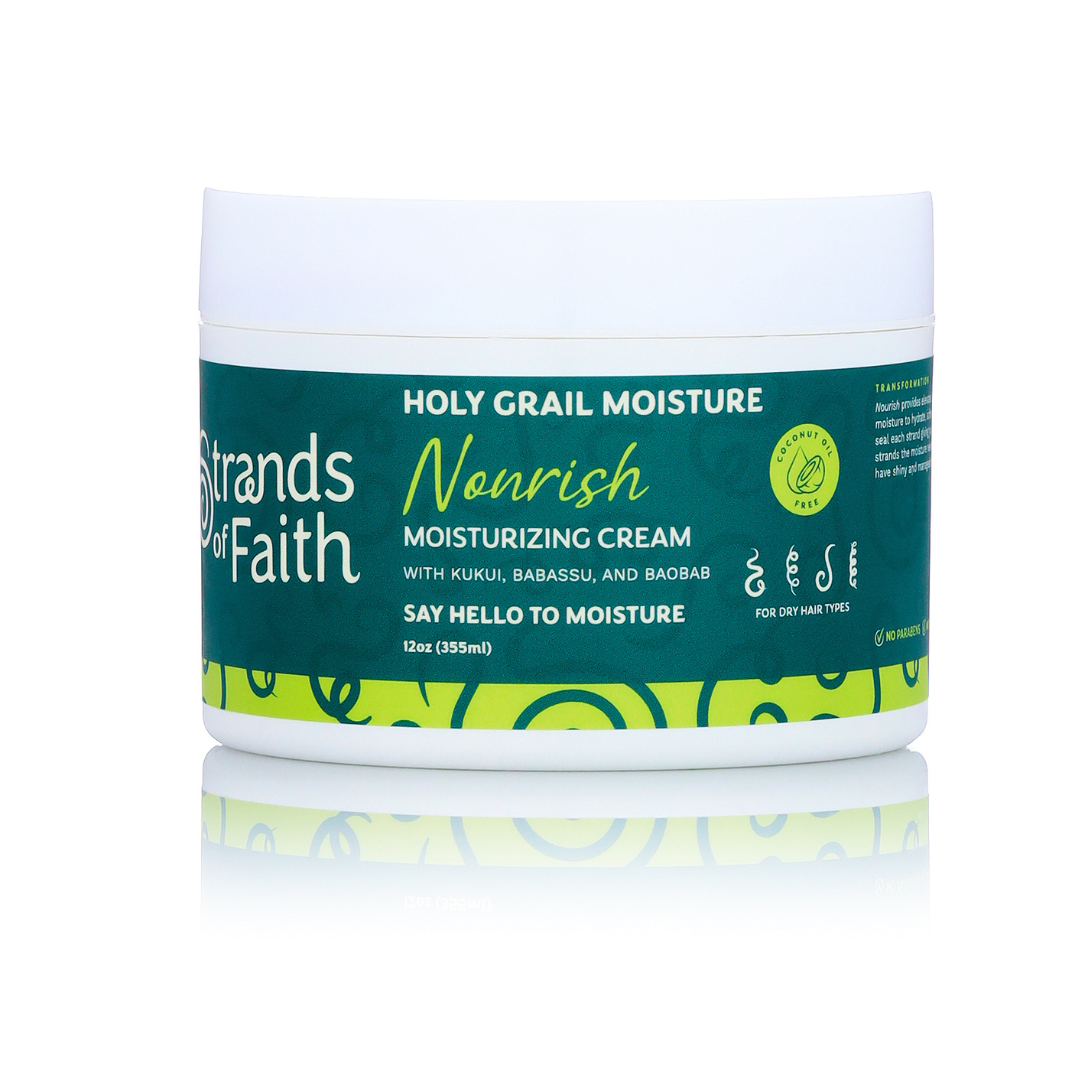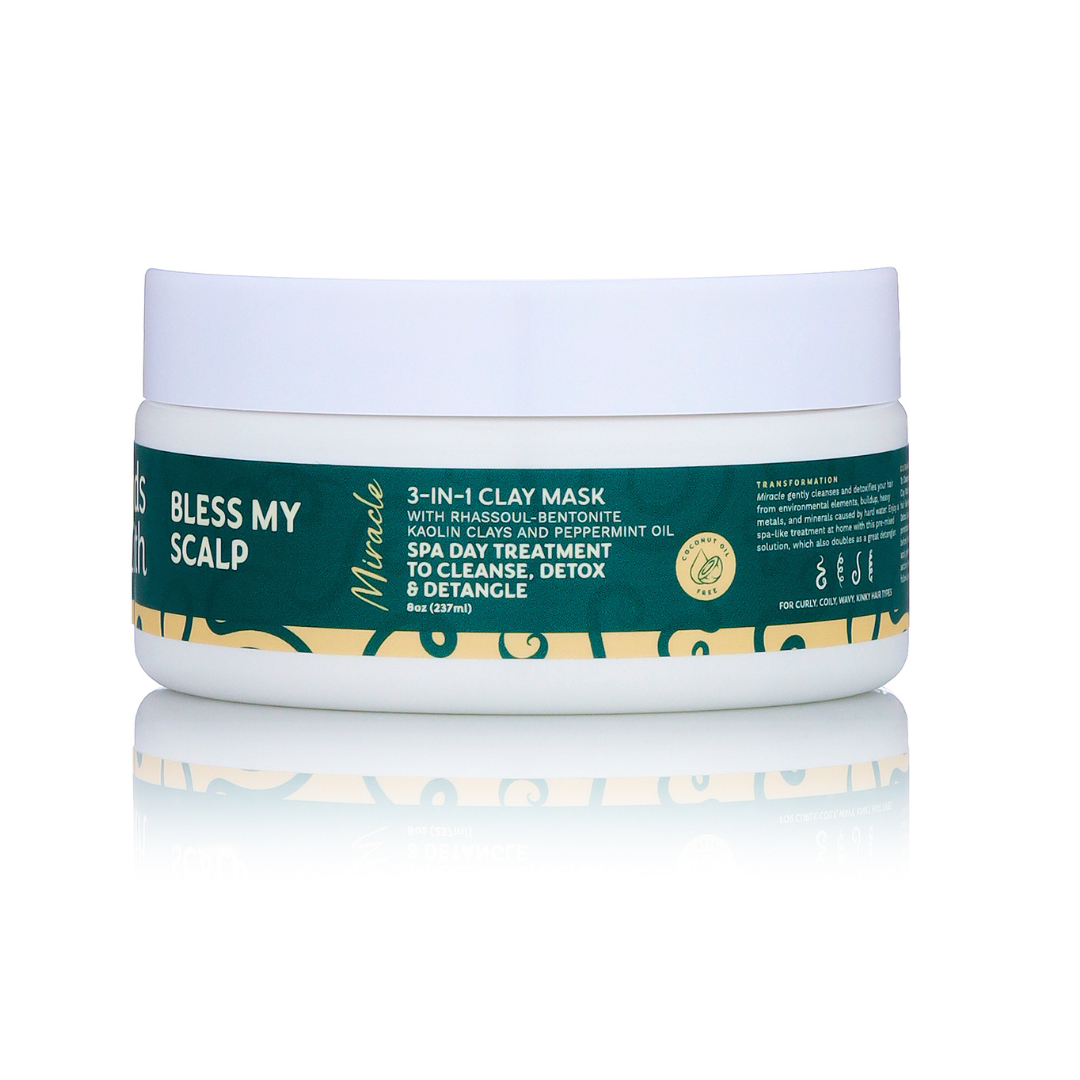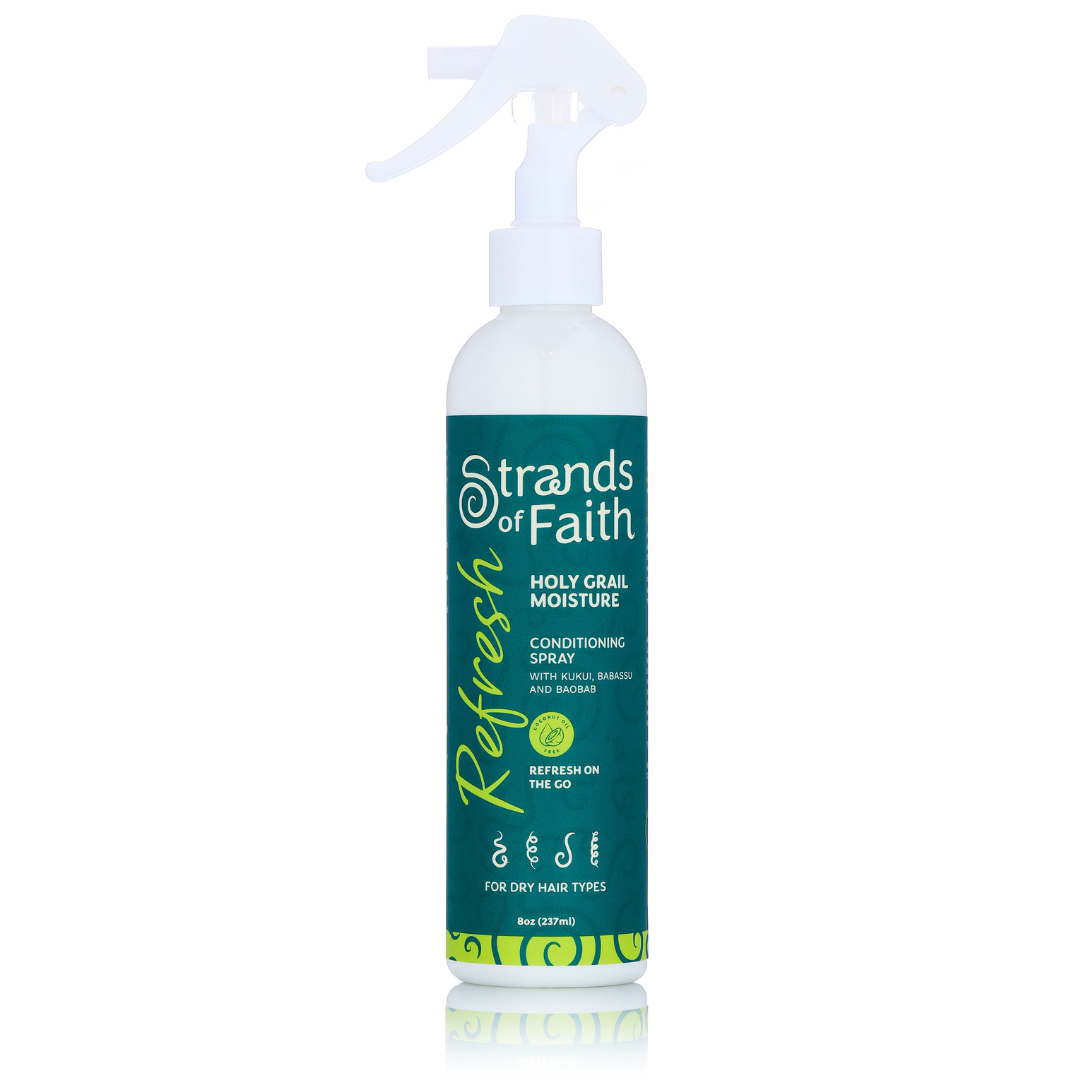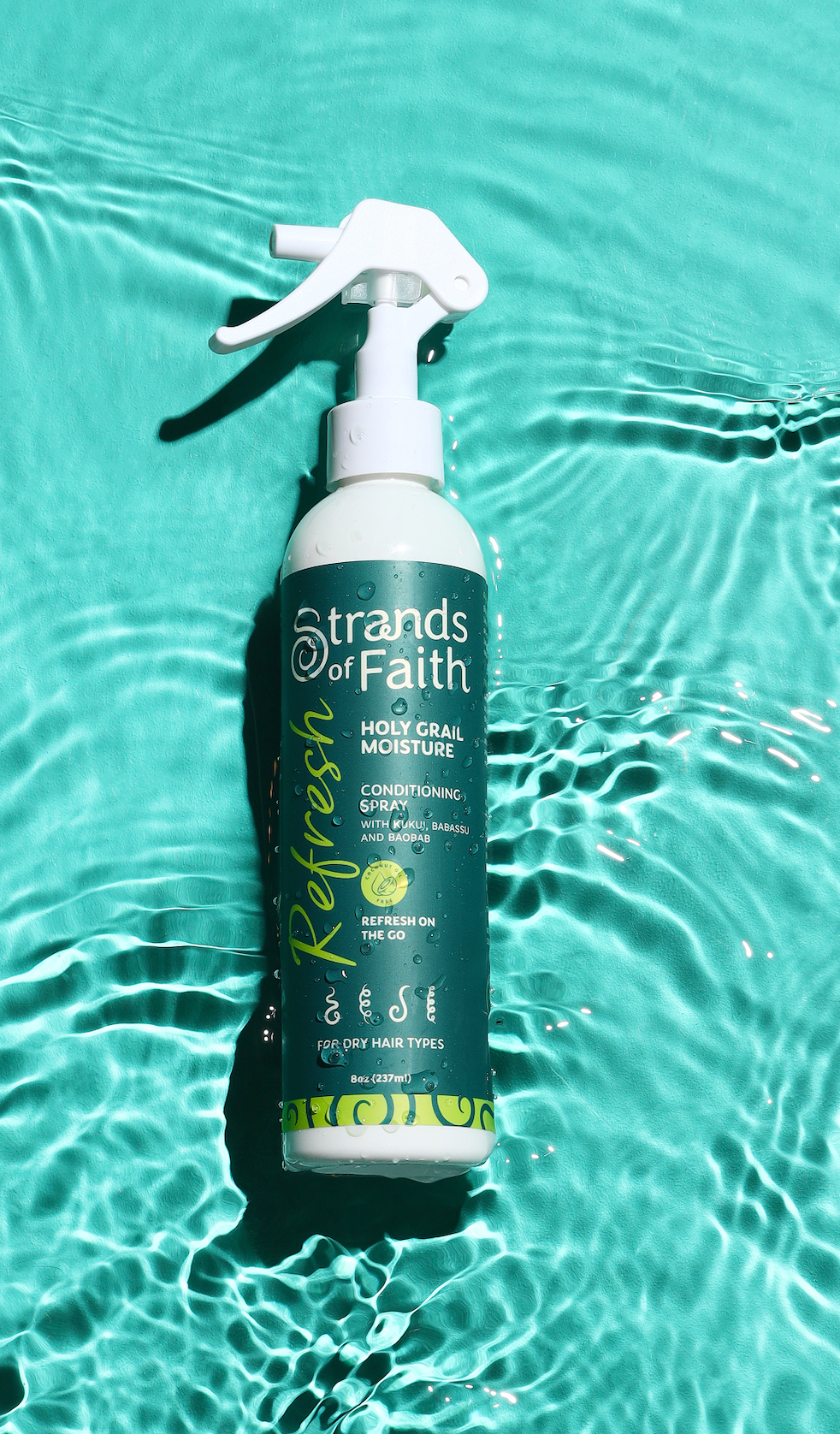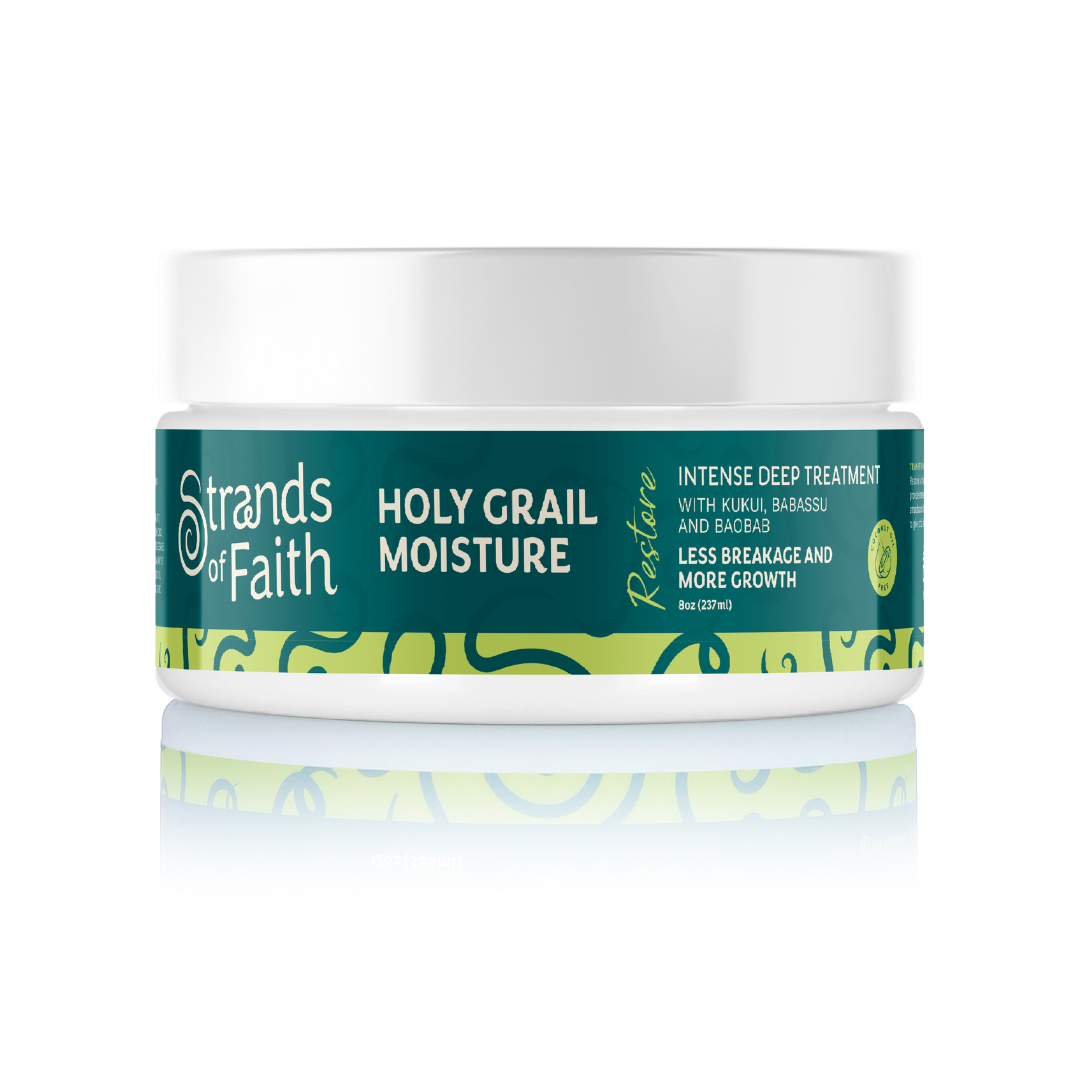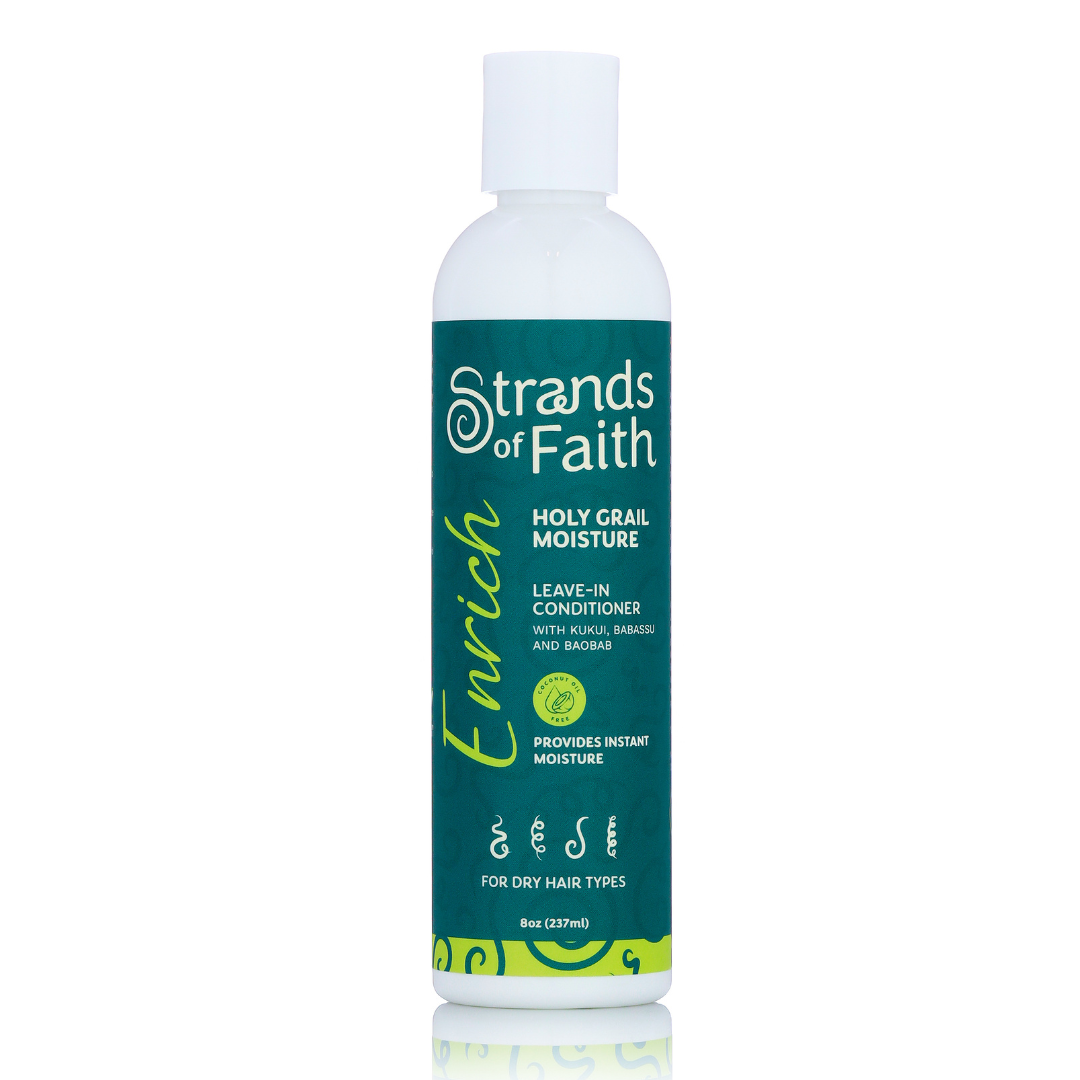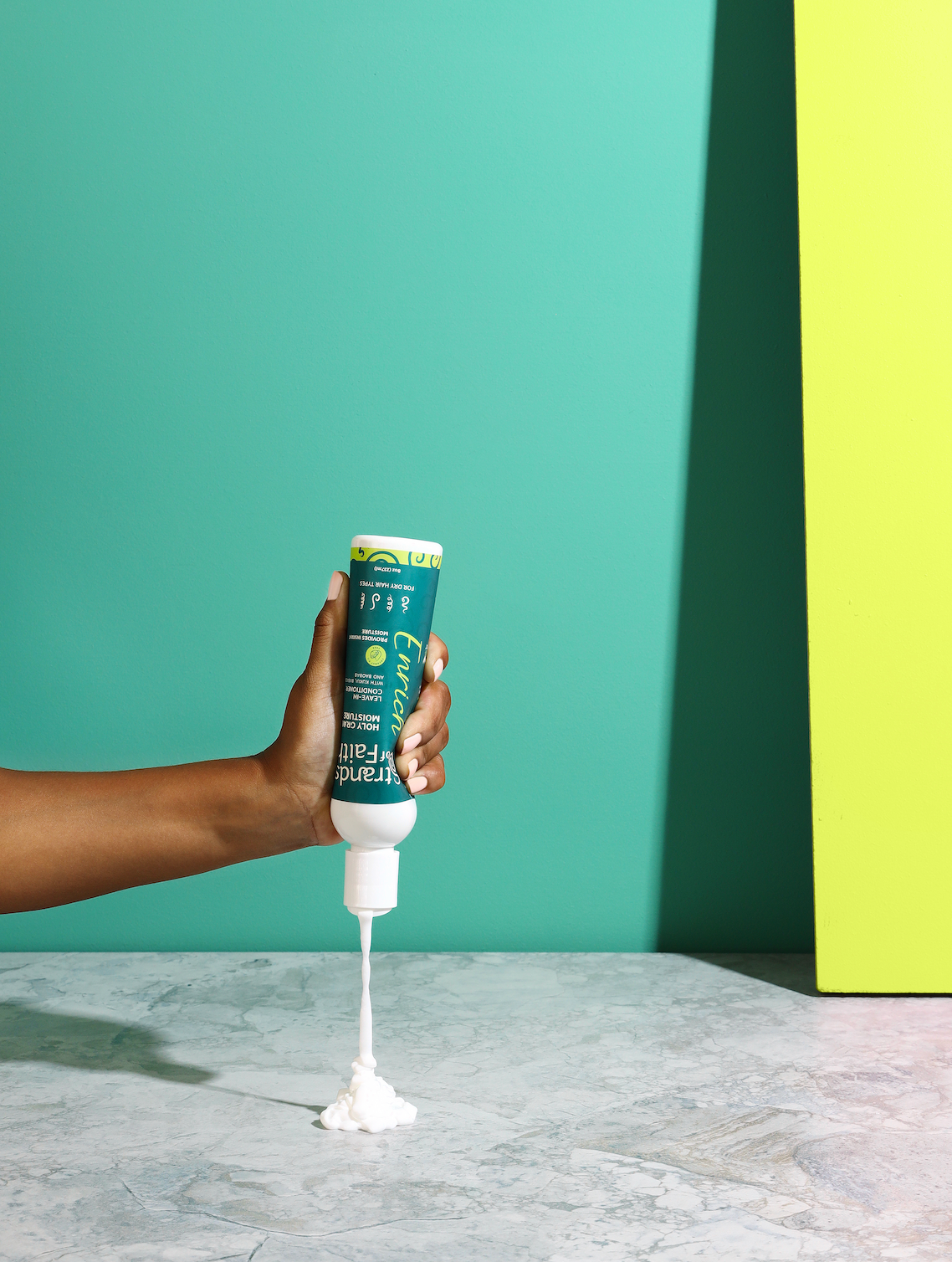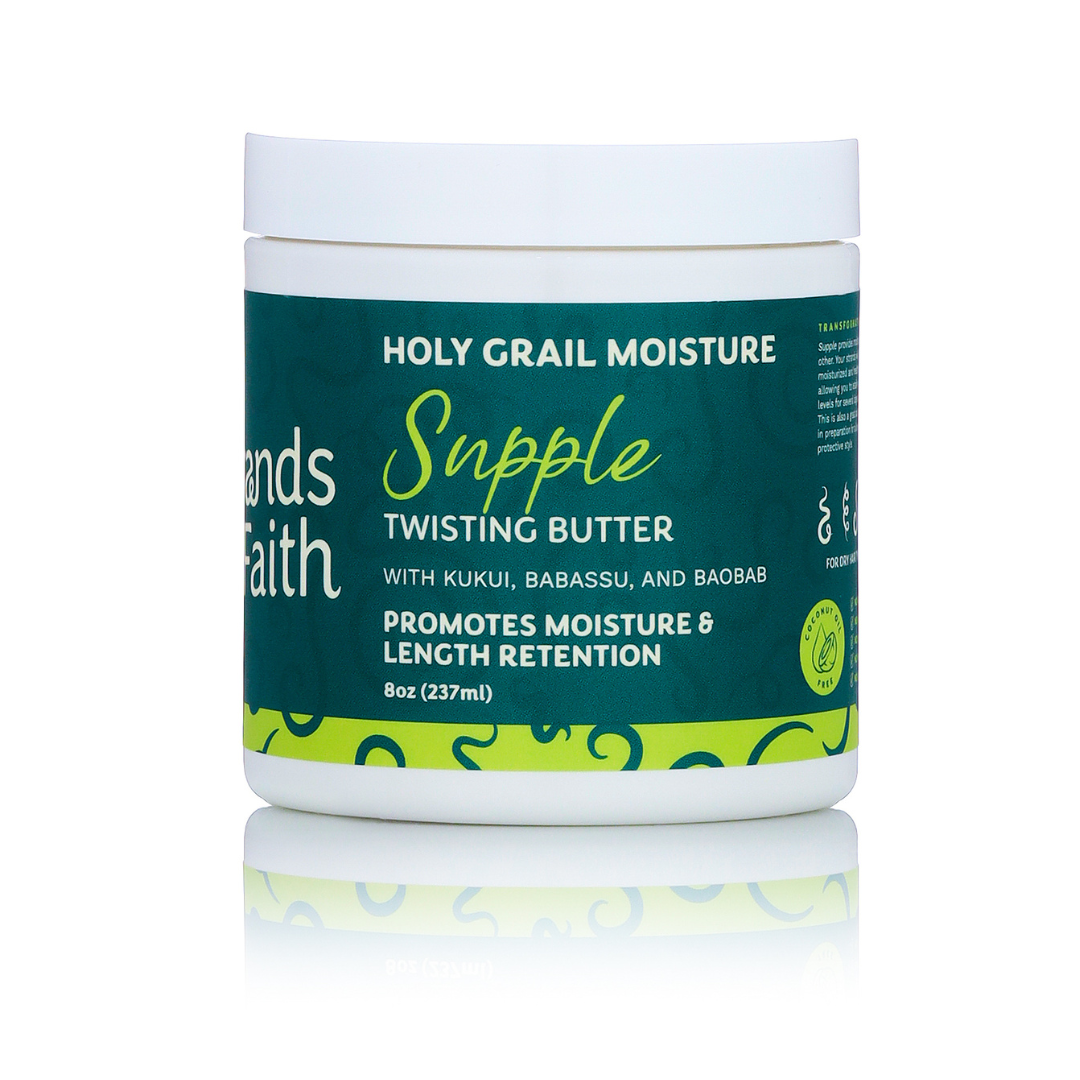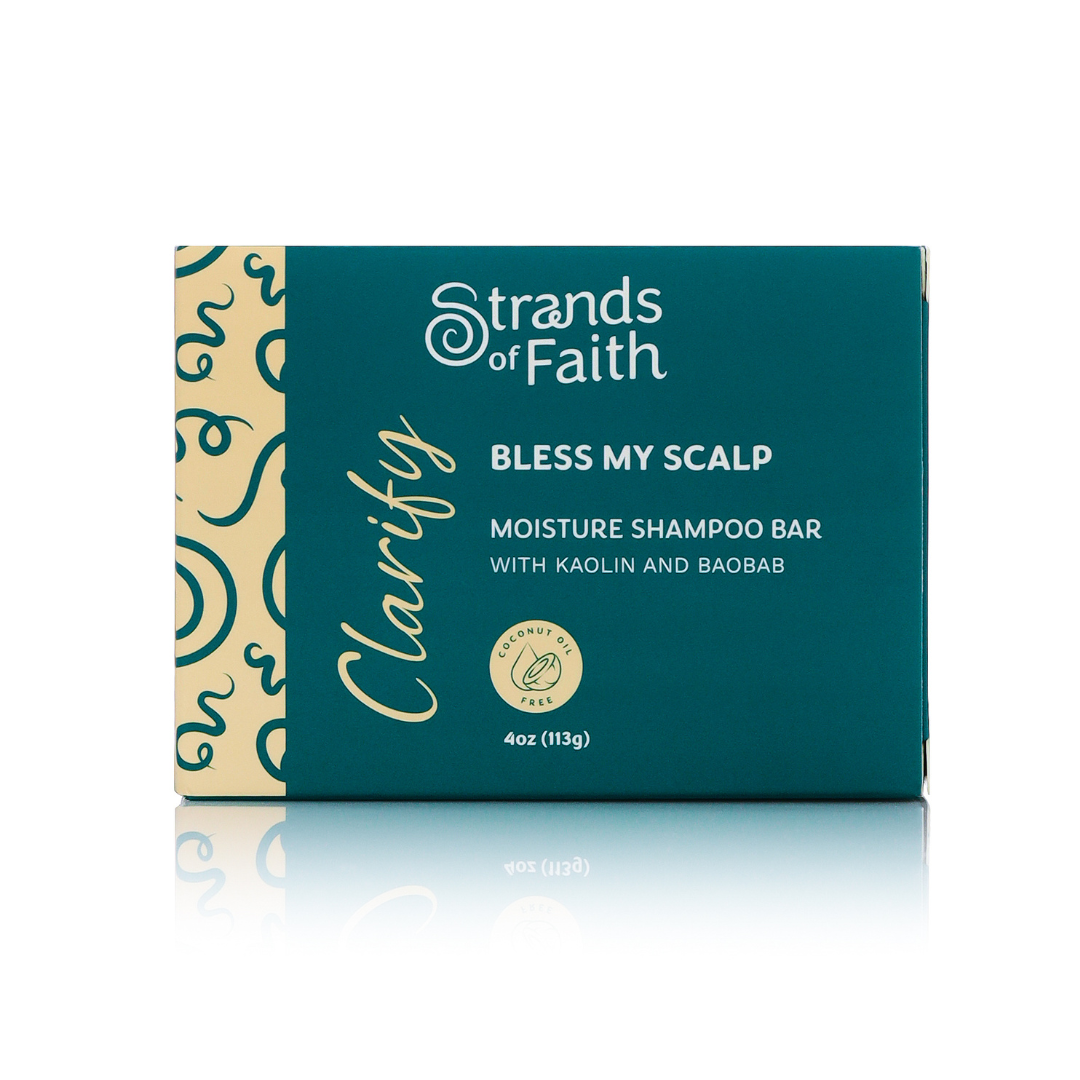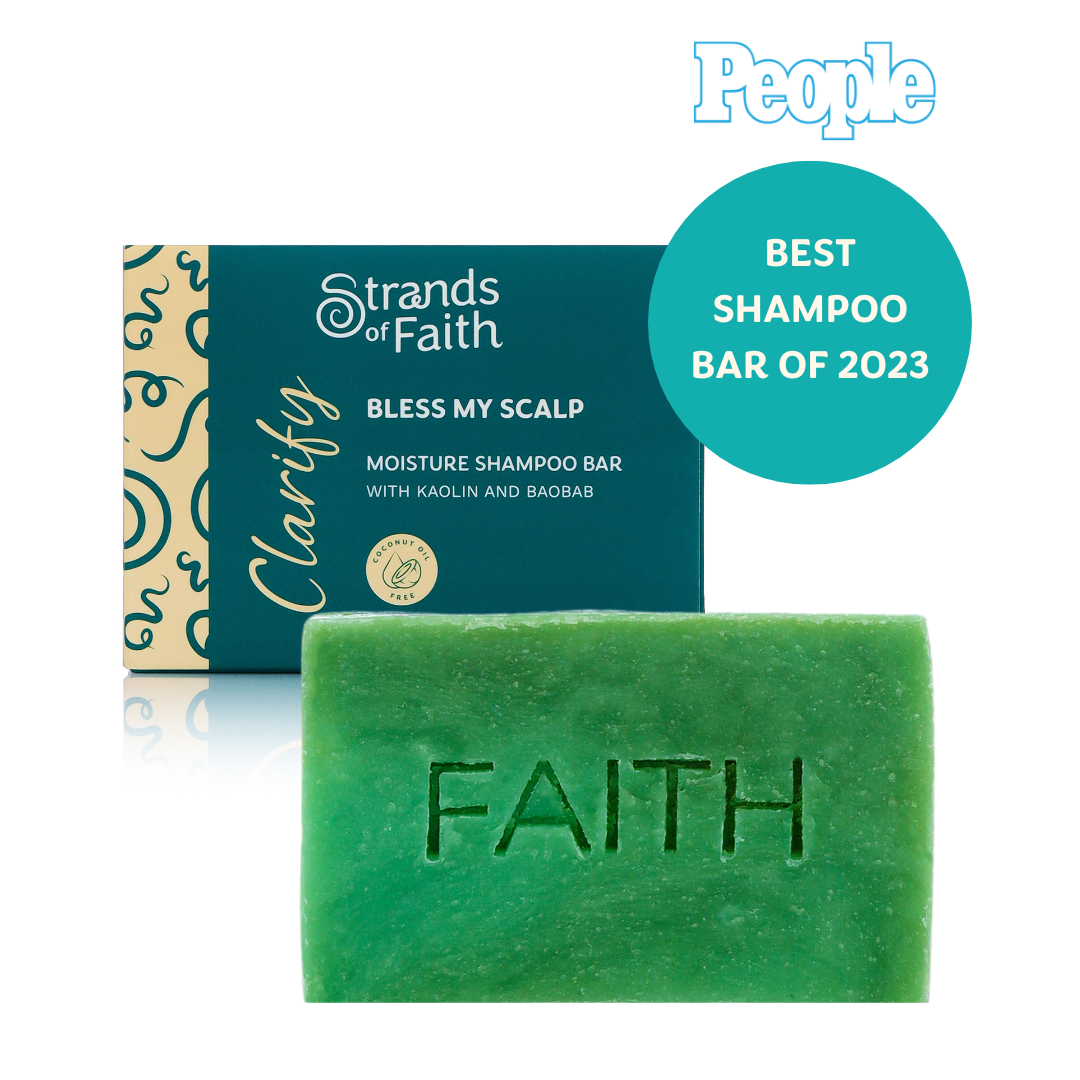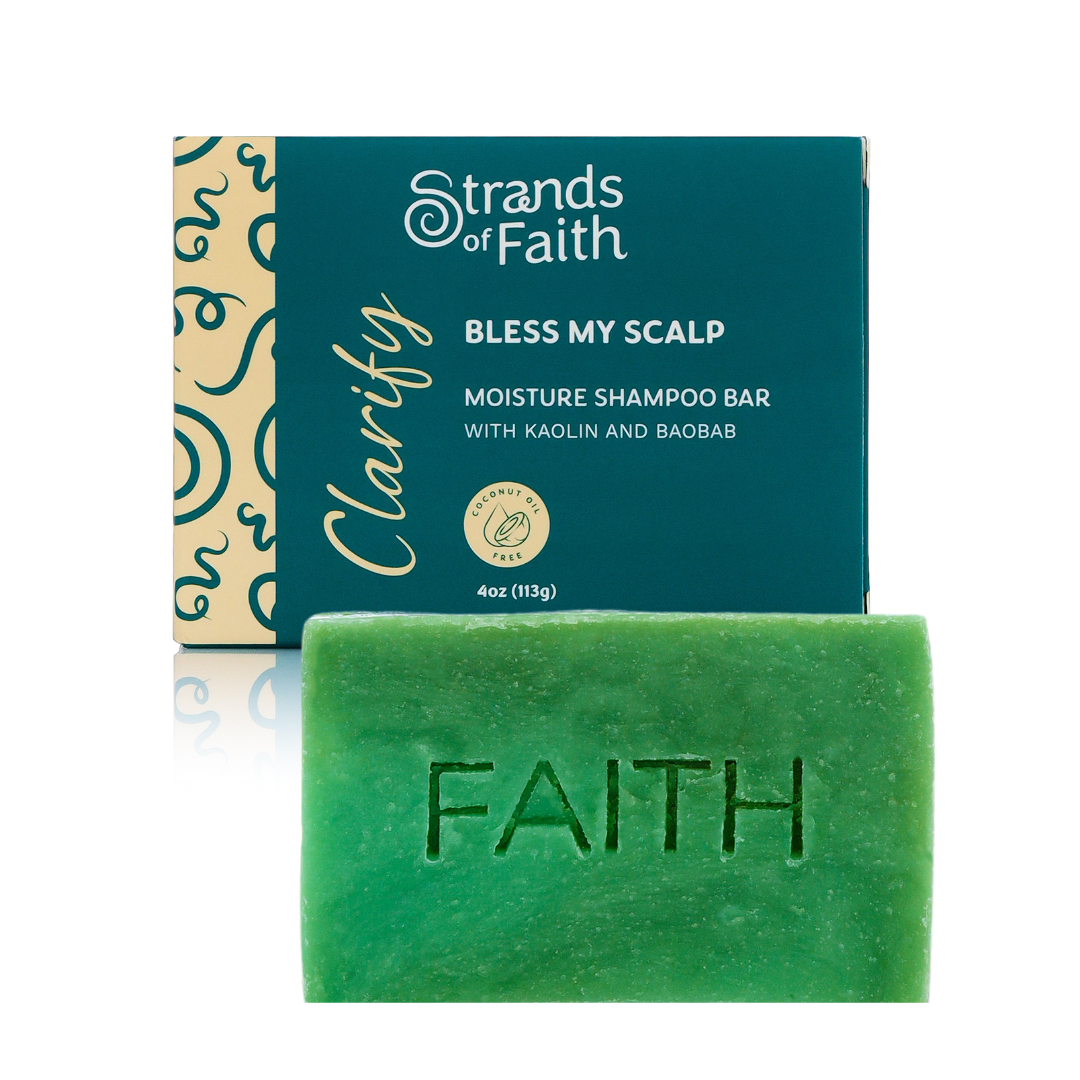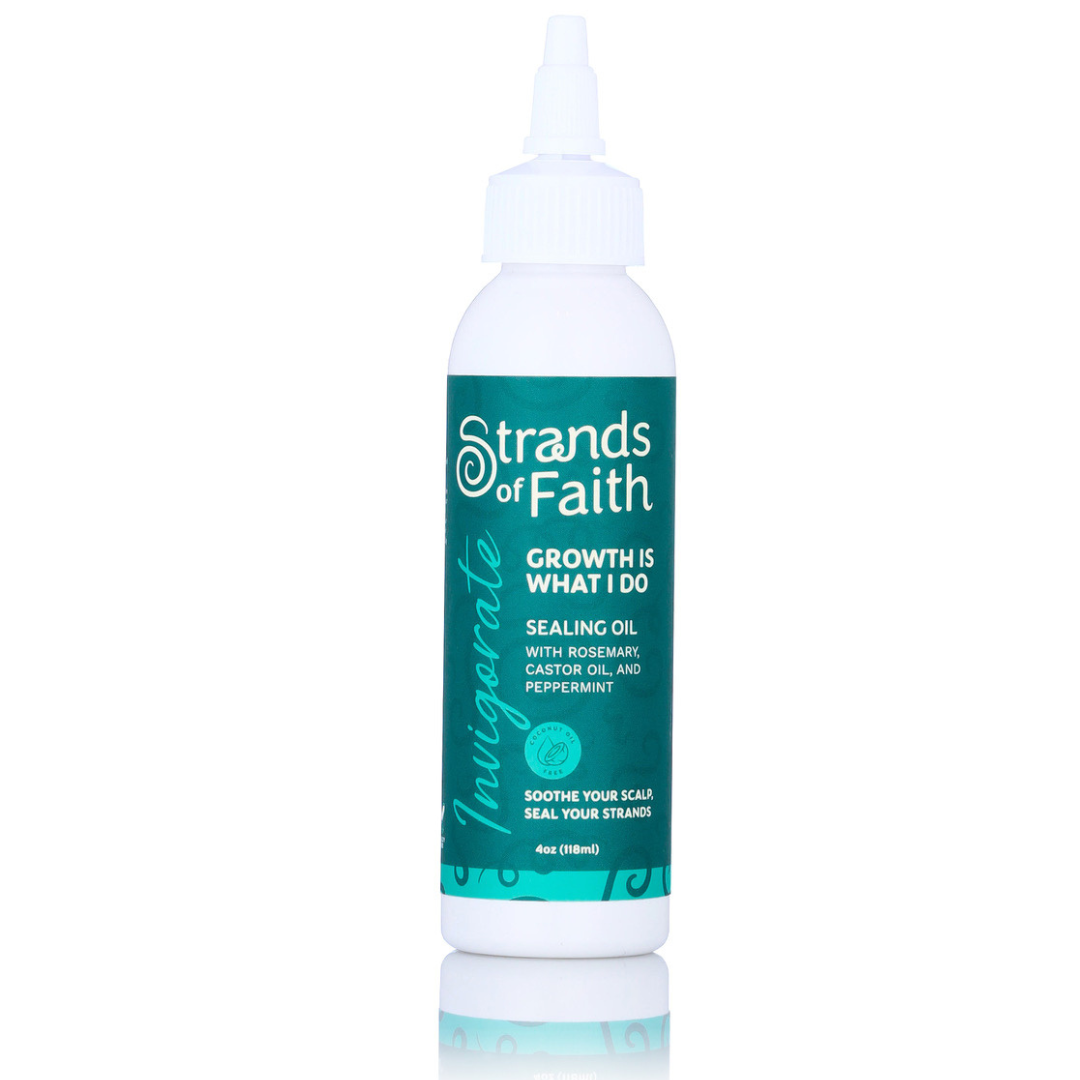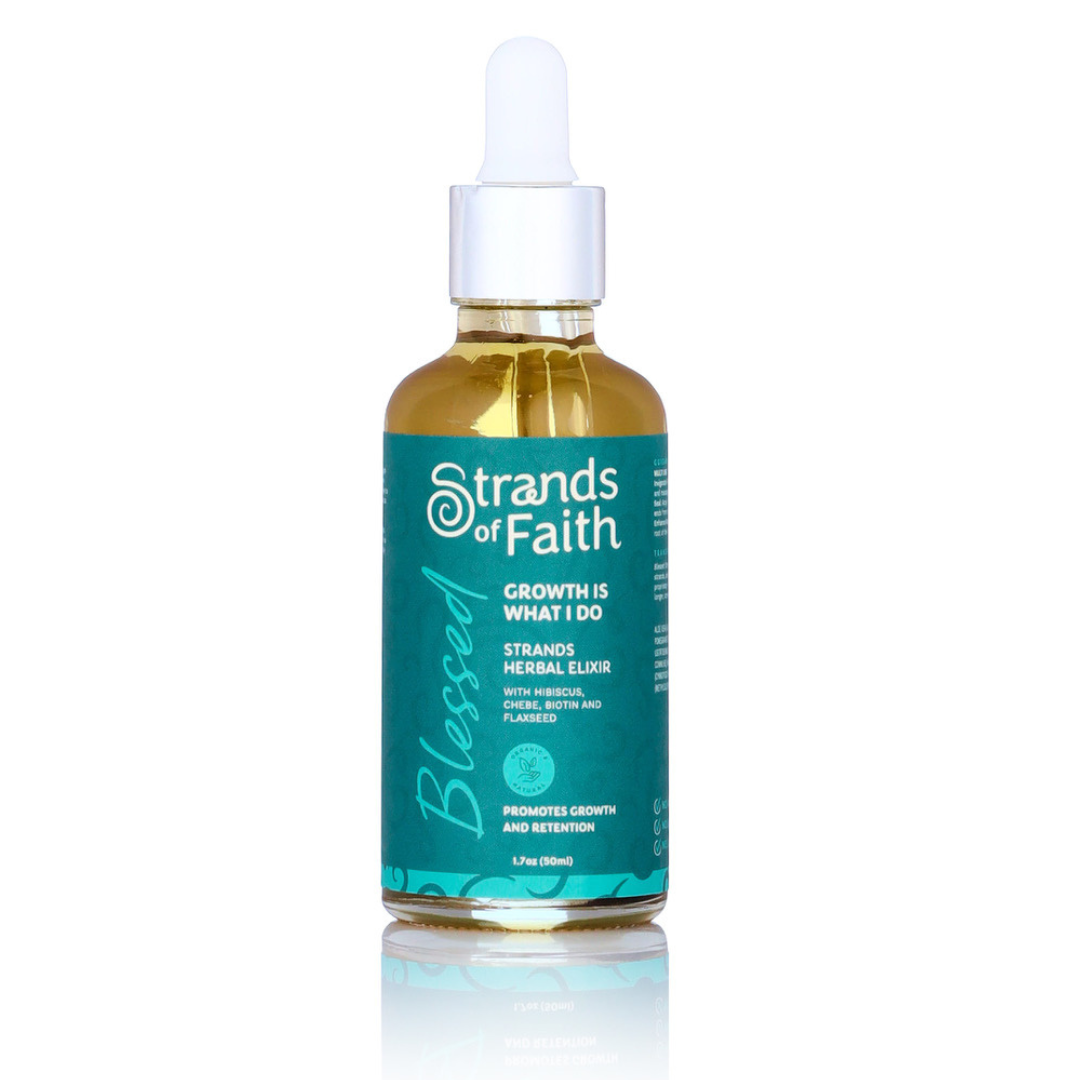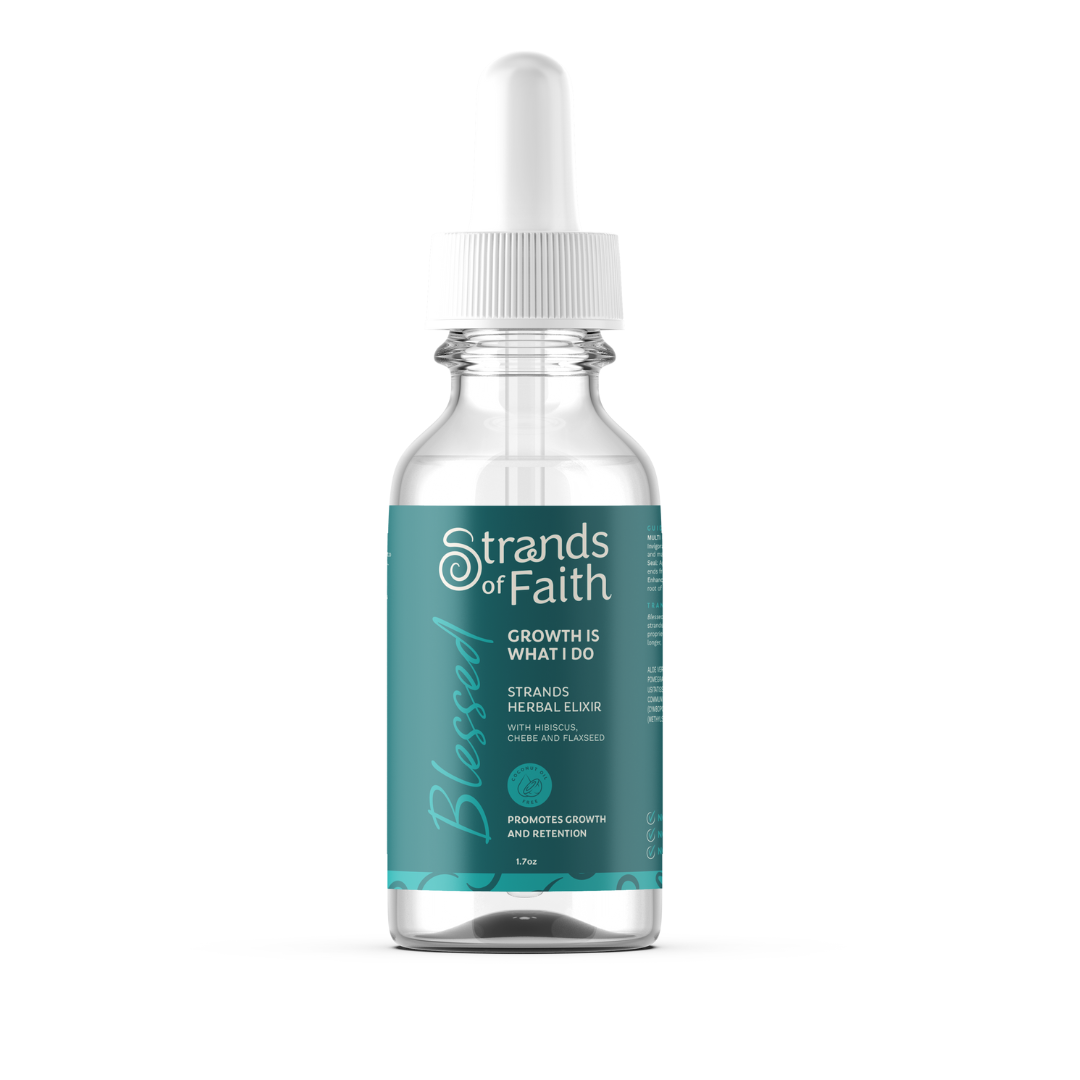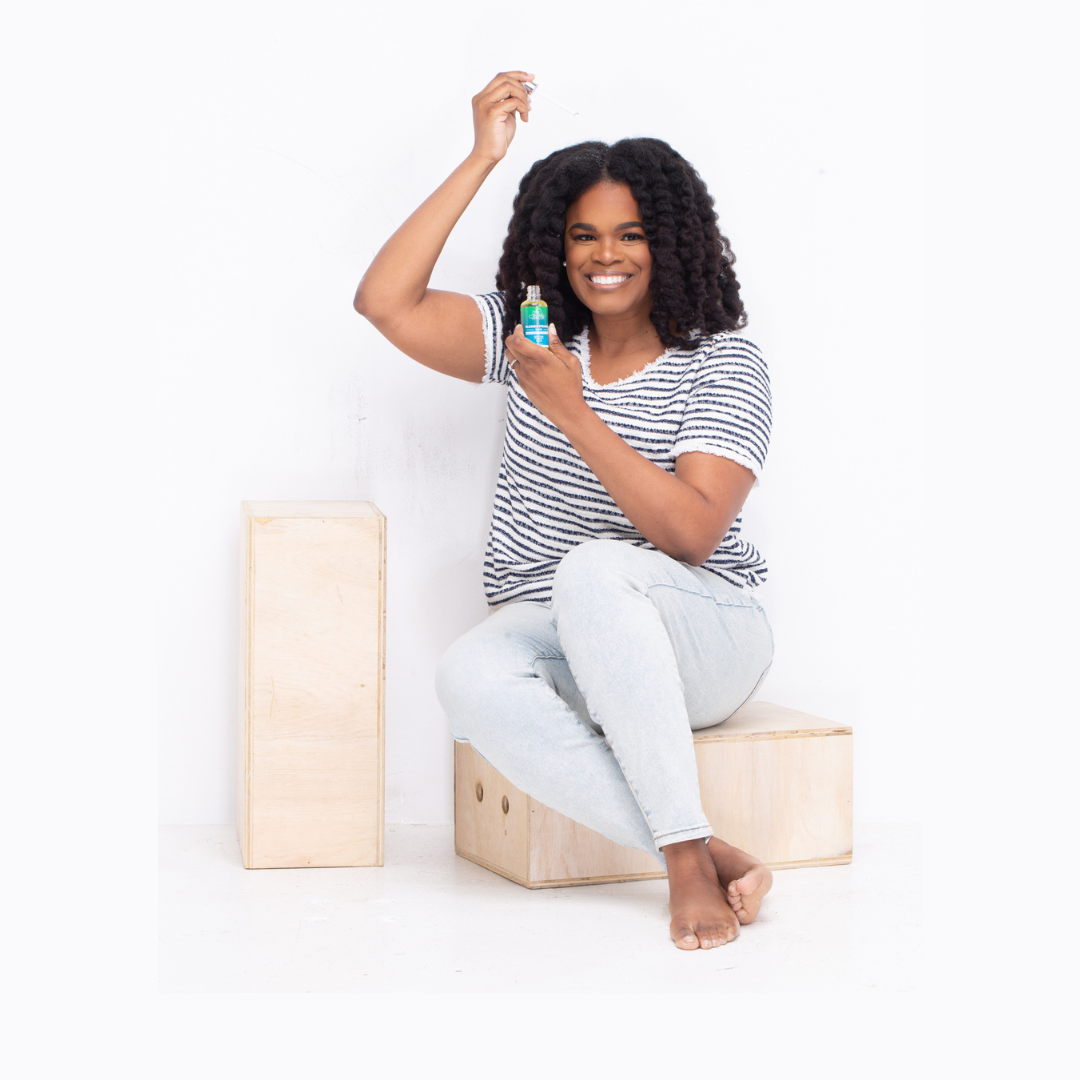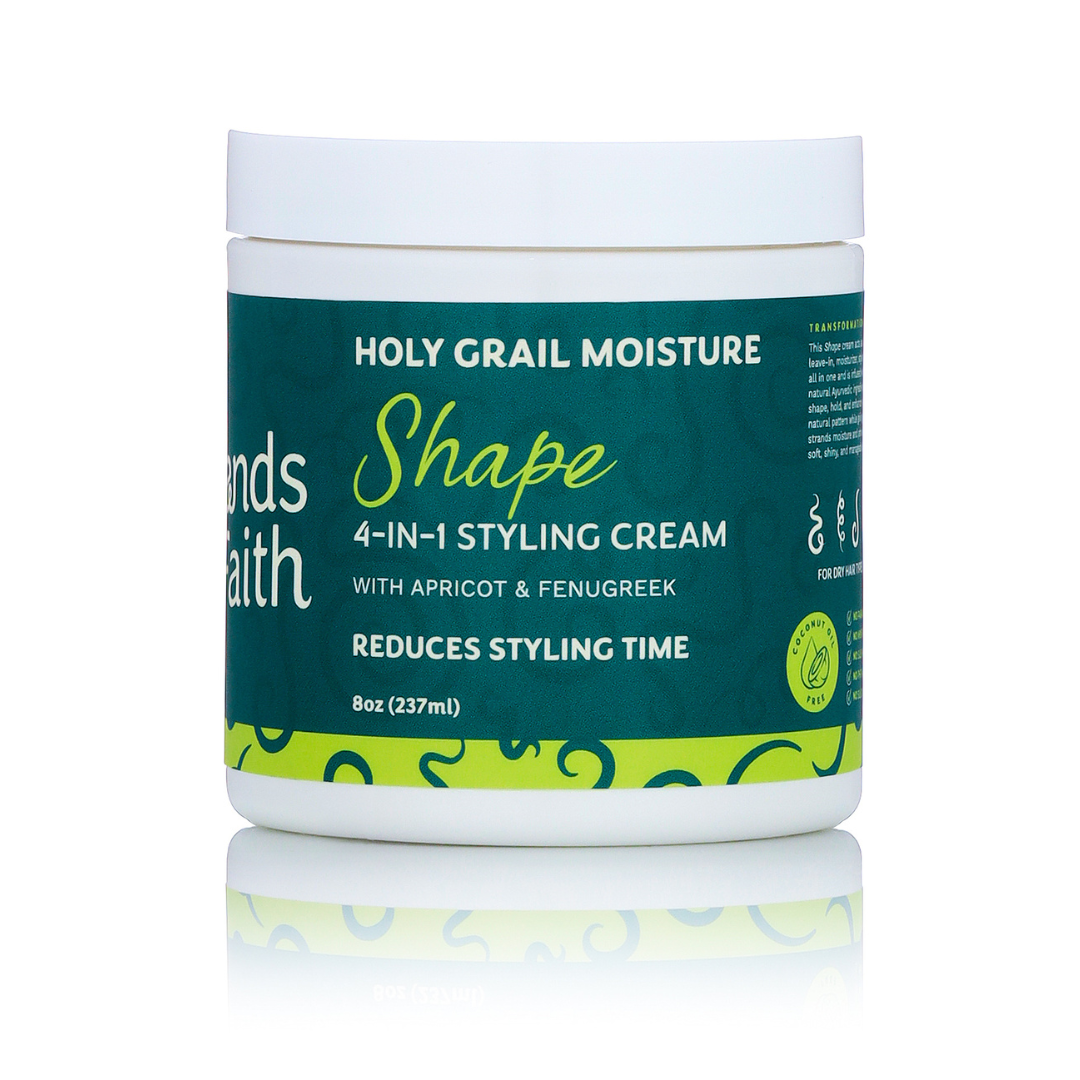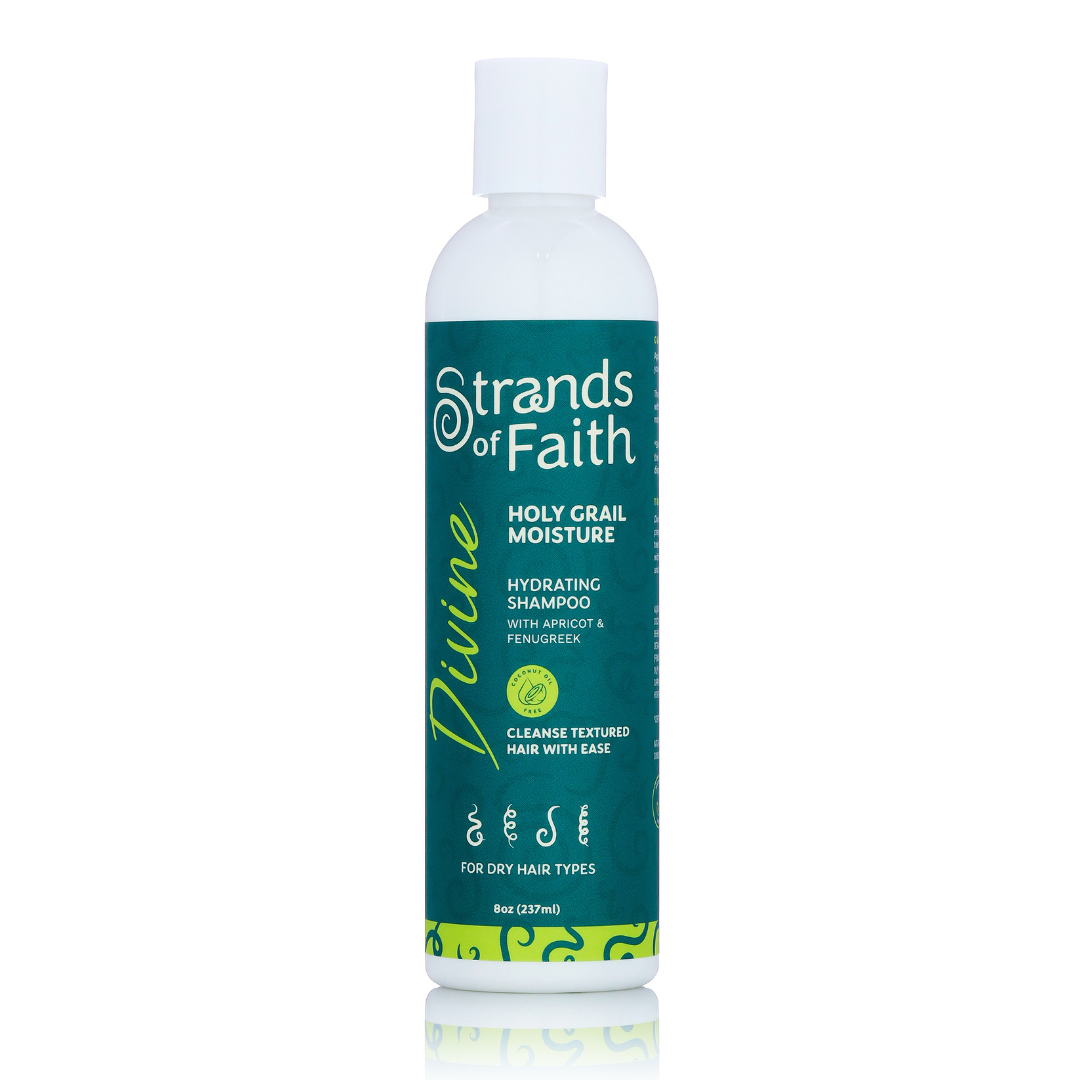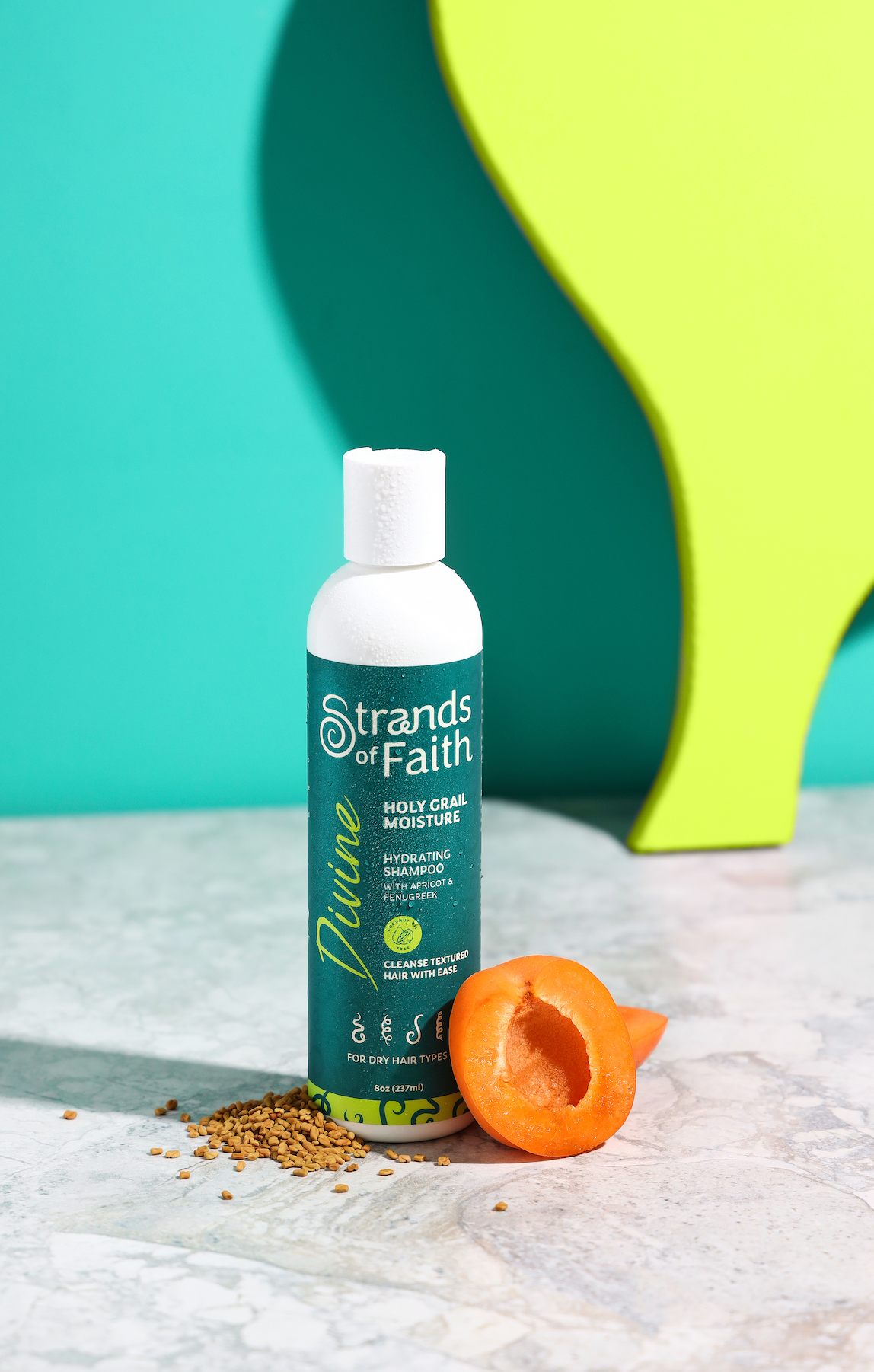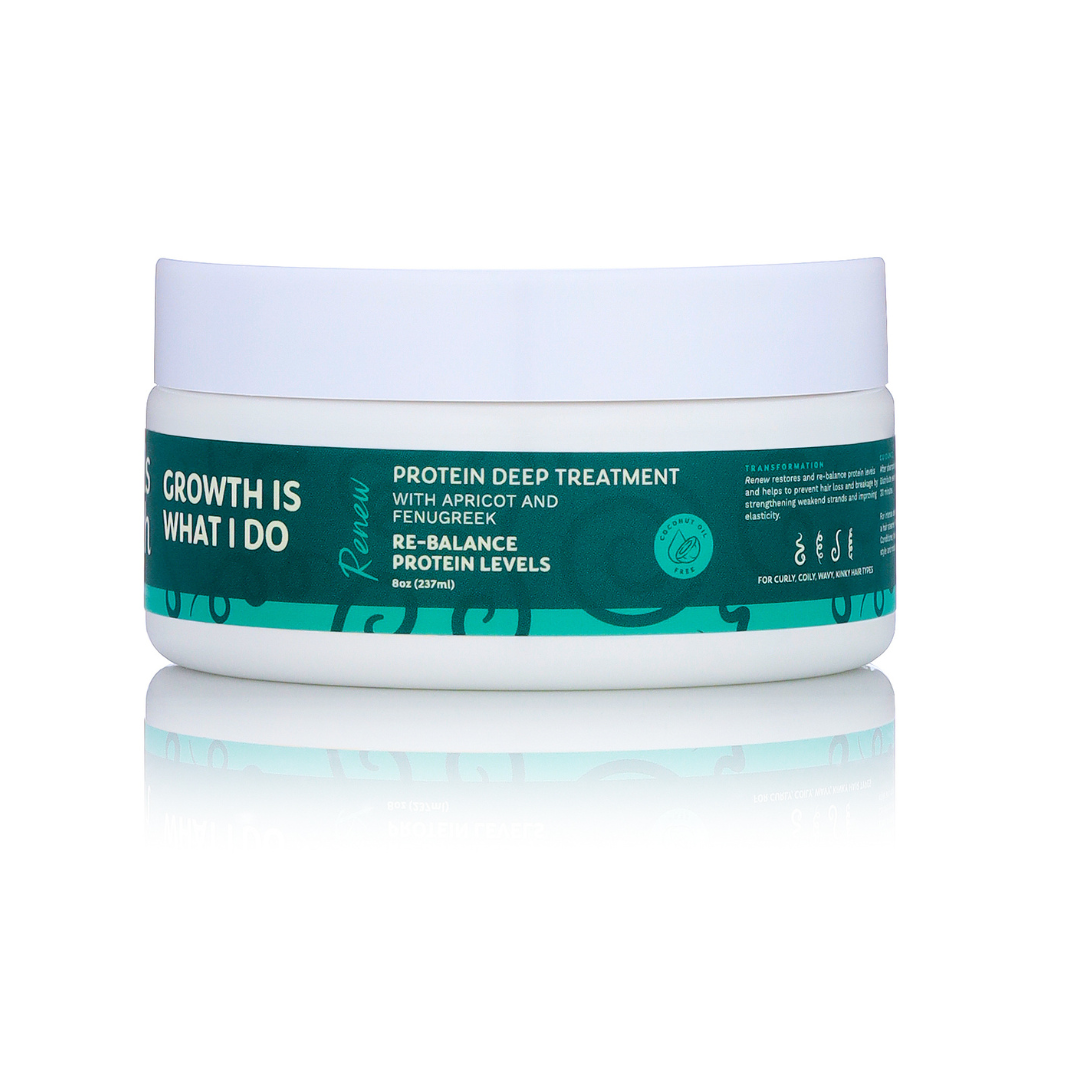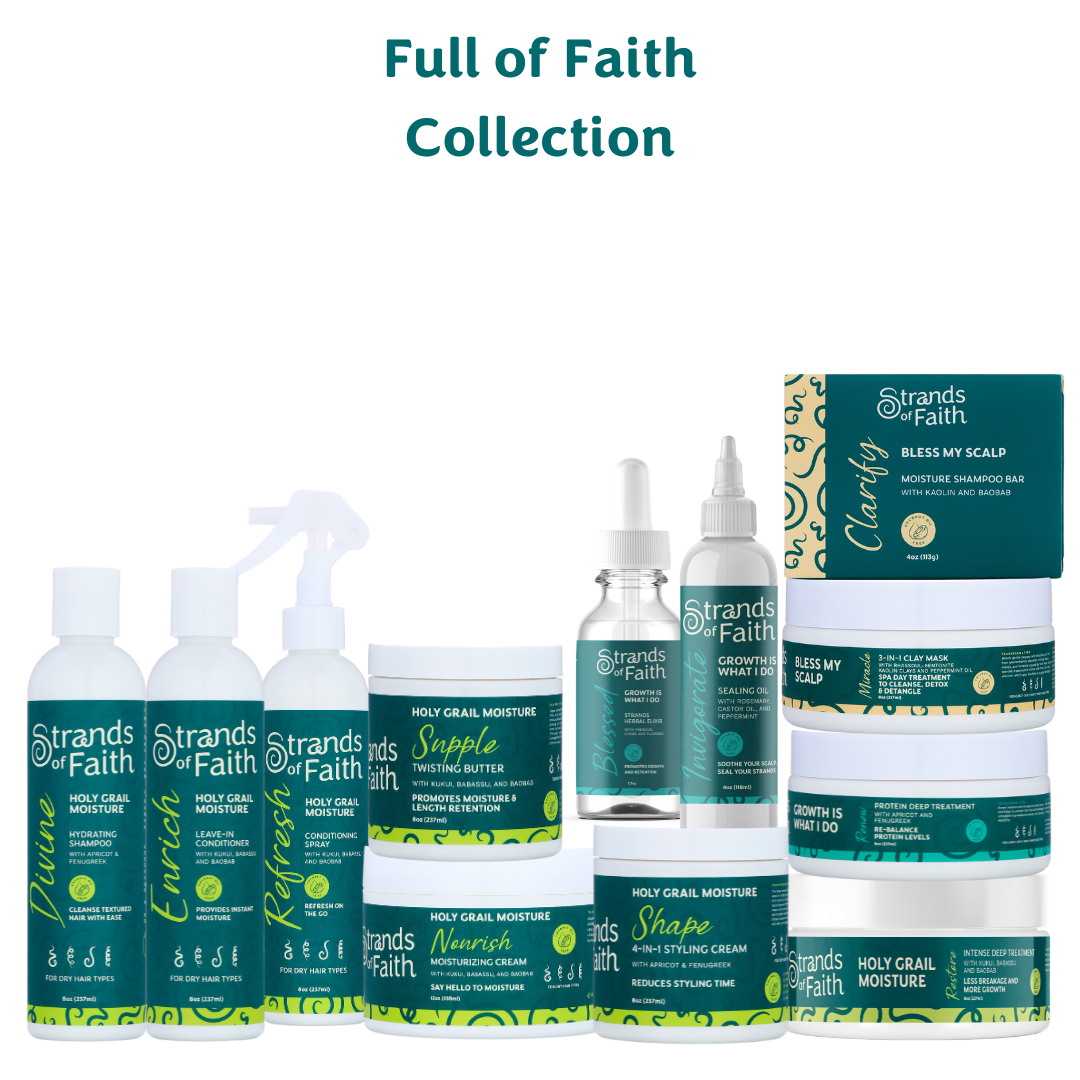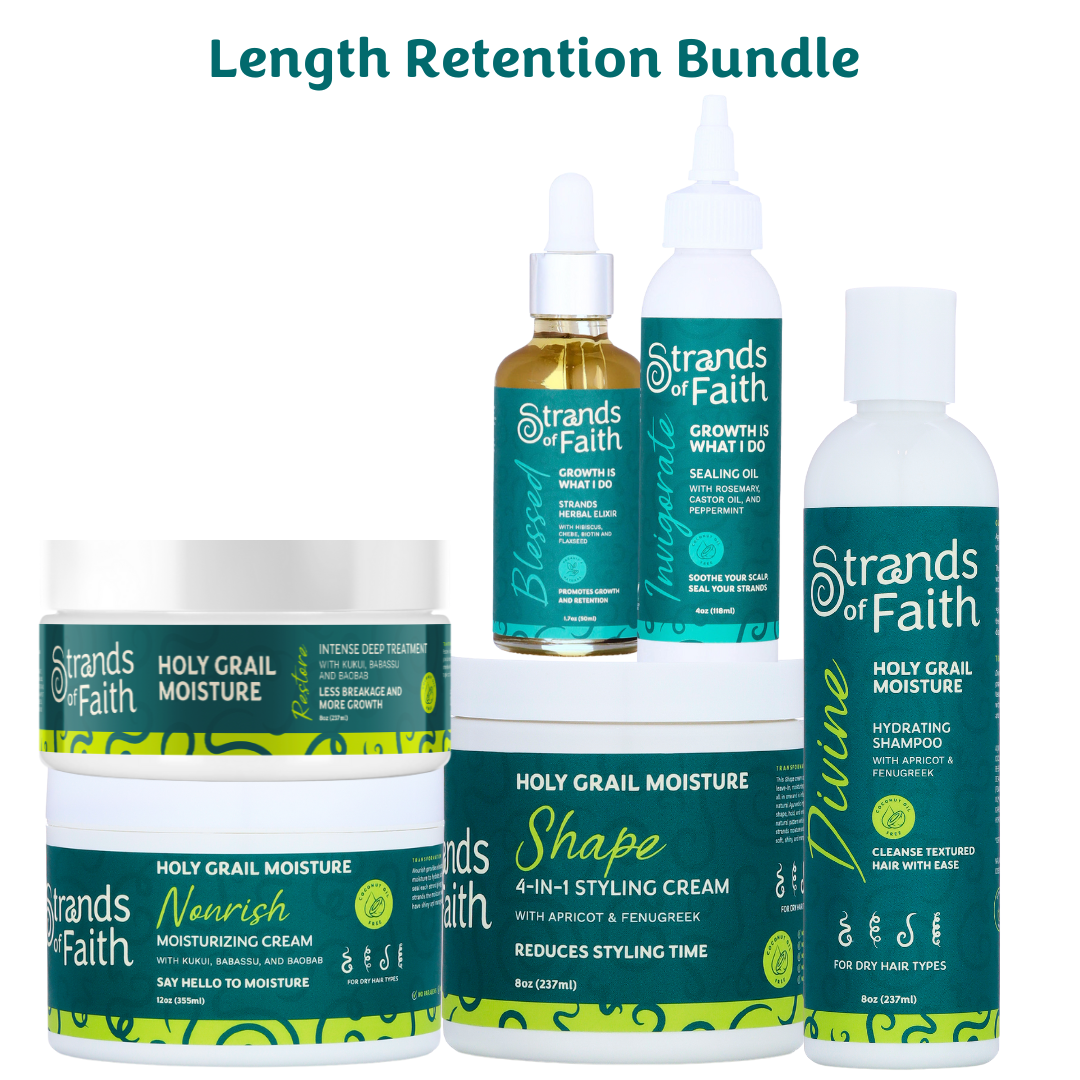Let’s be honest just because it’s called a protective style doesn’t mean it’s actually protecting your hair.
A true protective style should help you preserve length, reduce damage, and keep your hair healthy while it rests. But too often, these styles are doing the exact opposite: causing breakage, irritating the scalp, and stressing the edges.
In this blog, we’re breaking down what makes a style truly protective—and what to avoid if your goal is healthy, growing hair.
What Is a Protective Style Really?
A protective style should meet three basic criteria:
-
Tucks your ends away – Your ends are the oldest and most fragile part of your hair. A good protective style keeps them secured.
-
Minimizes daily manipulation – The less you comb, brush, or style, the less breakage you experience.
-
Allows access to your scalp and strands – You still need to be able to moisturize and care for your hair while it's in the style.
If your current go-to style fails any of these tests, it may be doing more harm than good.
Signs Your Protective Style Isn’t So Protective
Watch out for these red flags:
-
Tension on your edges – If your scalp is sore or your edges are being pulled, it’s too tight.
-
No access to your scalp or strands – If you can’t moisturize or oil your scalp, your hair is drying out underneath.
-
You dread taking it down – If a style causes knots, matting, or tangling when it’s time to remove it, that’s a problem.
Not all trends are worth the damage. A style that looks cute on Instagram may lead to setbacks in real life.
Styles That Actually Protect Your Hair
Let’s be clear: the goal isn’t to avoid protective styles. The goal is to choose ones that actually protect.
Great Options Include:
-
Loose twists or flat twists
-
Low-tension braids (no tight gripping at the root)
-
Wigs (only when installed and removed with care)
-
Buns or tuck-and-roll styles that don’t strain the hairline
If you wear wigs, make sure the cap or band isn’t rubbing against your edges. Even a wig can cause traction alopecia if you're not careful.
Key Question to Ask:
-
Can I moisturize my scalp and strands while wearing this style?
-
If not, did I fully moisturize my hair before installing it?
How Long Should You Keep a Protective Style In?
Generally, protective styles should be worn for no more than 6 to 8 weeks. Keeping them in too long can cause:
-
Product buildup on the scalp
-
Dryness and tangling
-
Increased breakage from matting
If you choose to go beyond 8 weeks, make sure you have a set maintenance routine to support your hair’s health throughout.
What About Crochet Styles?
Crochet styles are a popular choice, and while they don’t always allow for direct scalp access, they can still be protective if done right.
The key is to thoroughly moisturize your hair before installing the crochet. That moisture will last longer under the style and prevent your strands from becoming brittle.
How to Protect Your Edges
Your edges are delicate and need extra attention.
-
Skip tight ponytails and styles that pull at the front hairline
-
Alternate between high-tension and low-tension styles
-
Massage your edges with oil a few times a week to stimulate growth
Recommended oils:
These oils nourish your scalp, support circulation, and help maintain edge density during protective styling.
If your edges are thinning, now is the time to give them a break—not to pull them tighter.
Trend Alert: Not All Viral Styles Are Worth It
We’ve all seen the styles that go viral on social media. But cute isn’t always healthy.
Some styles (like faux locs with curly ends or butterfly braids) have caused so much tangling that people had to cut their own hair to get them out.
Always ask yourself:
-
Will this style be easy to take down?
-
Will it keep my hair moisturized?
-
Does it align with the current state of my hair?
Just because it’s trending doesn’t mean it’s good for your hair.
Moisture Is Still Non-Negotiable
Protective styling only works if you maintain your moisture routine. For an all-in-one solution that supports your hair while in braids, twists, or under wigs, try our Protective Style Bundle. It includes everything you need to nourish, moisturize, and maintain healthy hair during protective styles.
Our top combo for long-lasting hydration under any style?
This duo keeps your strands hydrated, soft, and ready to retain every inch of growth.
Apply generously before installing your style, especially if you won’t have regular access to your hair.
Choose Health Over Hype
At the end of the day, your protective style should work with your hair, not against it.
-
Listen to your scalp.
-
Pay attention to your ends.
-
Choose styles that align with your hair’s needs—not just your aesthetic goals.
Growth happens when you give your hair rest, nourishment, and intention.
So the next time you book an install or prep for braids, ask yourself: Is this style really protecting my hair? If the answer is yes, you’re one step closer to thriving, healthy strands.
Embrace Your Beauty. Believe in You. Keep The Faith! 💚👑



